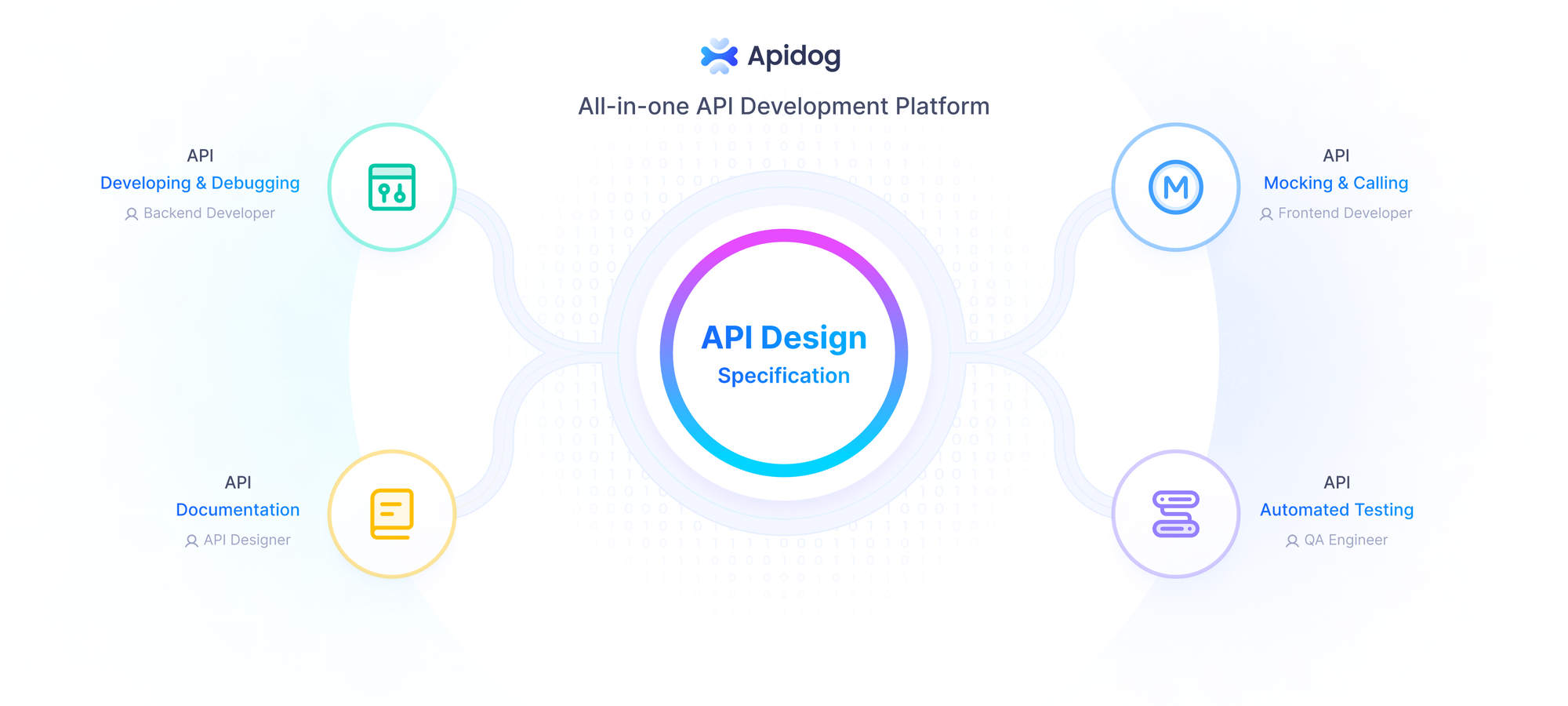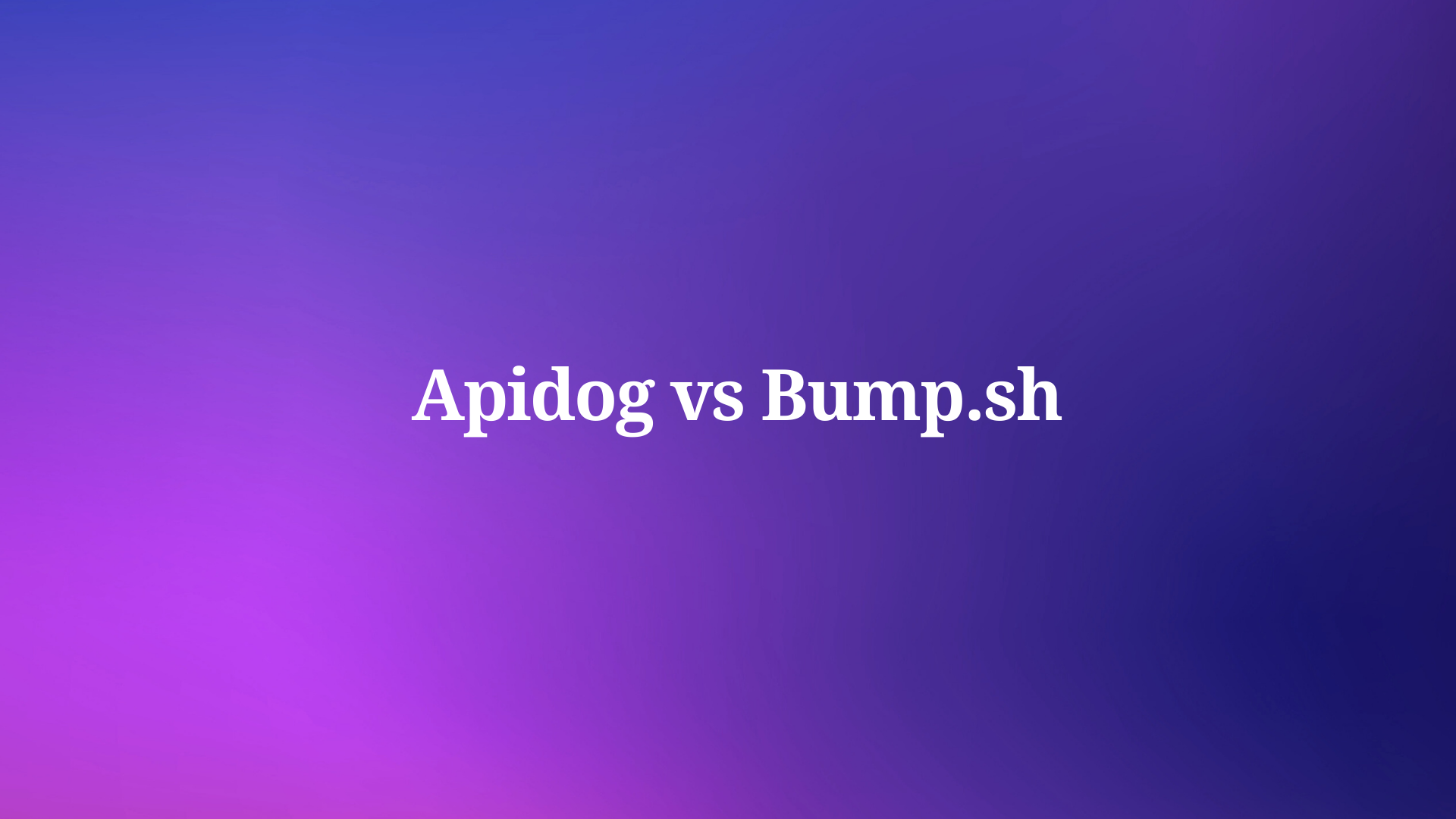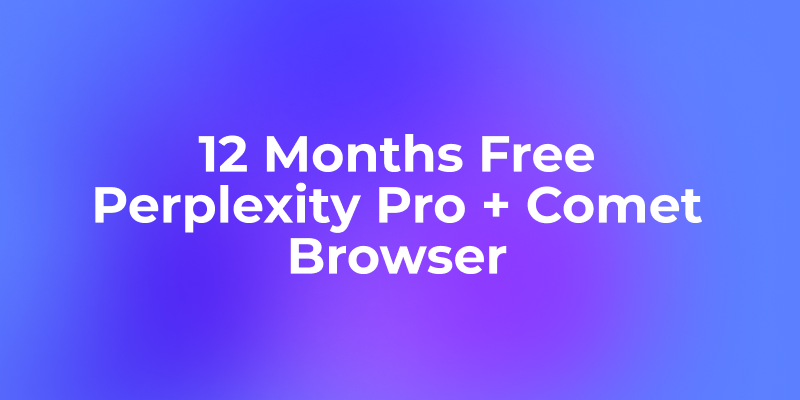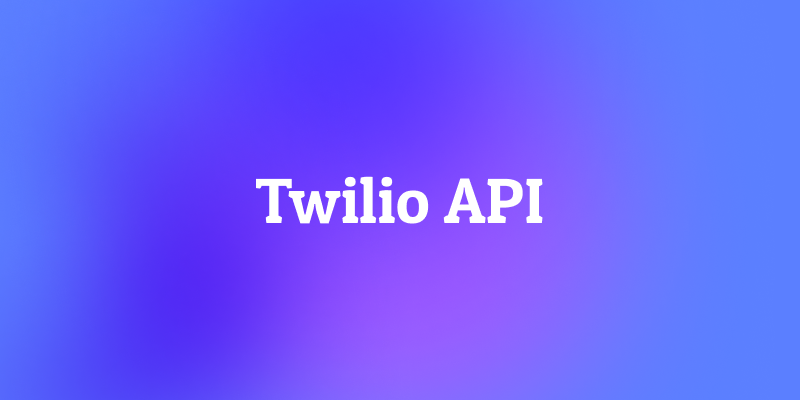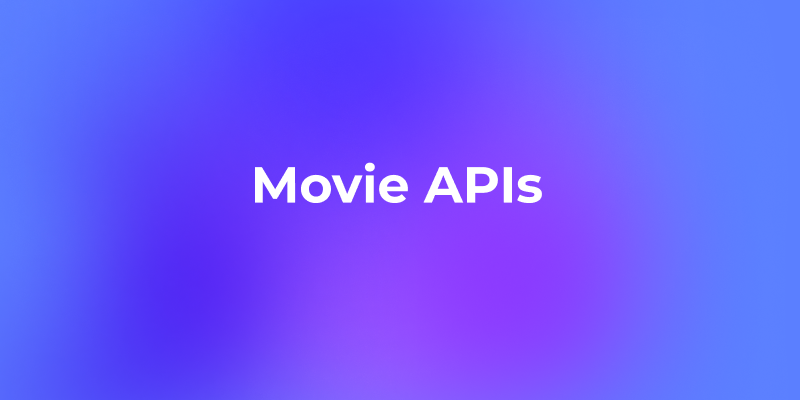Developers constantly seek tools that streamline their workflows and enhance productivity. Apidog and Bump.sh stand out as two compelling options, each addressing critical aspects of API management. Apidog offers a comprehensive suite that covers the entire API lifecycle, while Bump.sh specializes in creating robust documentation portals. Developers often overlook how seemingly minor features, such as integrated testing or automatic change detection, can lead to substantial improvements in efficiency. This article breaks down the strengths and weaknesses of both tools, helping you make an informed choice.
Transitioning to the basics, understanding what each tool brings to the table sets the foundation for our analysis. Apidog positions itself as an all-in-one platform that unifies API design, debugging, testing, mocking, and documentation. Developers use it to build APIs collaboratively, ensuring synchronization across teams. In contrast, Bump.sh focuses on transforming API contracts into interactive documentation portals, emphasizing discoverability and user experience for both engineers and technical writers. This difference in scope means Apidog caters to full-cycle development, whereas Bump.sh excels in post-design documentation management.
What Sets Apidog Apart in API Design and Development?
Apidog adopts a design-first methodology, which allows teams to define API specifications early and synchronize changes throughout the lifecycle. Developers craft APIs using a visual editor that supports JSON Schema, making it simple to describe endpoints, parameters, and responses. This approach reduces errors by ensuring that design decisions propagate automatically to testing and documentation phases. Moreover, Apidog enables the import of external APIs, facilitating quick integration into existing projects. Teams benefit from branching capabilities, which let them experiment with variations without disrupting the main workflow.

However, Bump.sh takes a different tack by prioritizing API contracts like OpenAPI and AsyncAPI. It automatically generates documentation from these specs, but it lacks built-in design tools. Instead, Bump.sh assumes users already have their APIs defined elsewhere and focuses on rendering them into user-friendly portals. This makes Bump.sh ideal for teams that separate design from documentation, but it requires additional tools for initial API creation. Consequently, Apidog provides a more integrated experience for developers who prefer to handle everything in one place.

Additionally, Apidog supports multiple protocols, including HTTP, gRPC, GraphQL, and WebSocket, broadening its applicability across diverse projects. Bump.sh, on the other hand, sticks primarily to OpenAPI (Swagger 2.0 to 3.1), AsyncAPI, and OpenAPI Overlay, limiting its scope to RESTful and event-driven APIs. For developers working with varied tech stacks, Apidog's versatility offers a clear advantage.
How Do Testing and Debugging Features Compare?
Testing forms a cornerstone of reliable API development, and Apidog excels here with its low-code testing environment. Users generate test cases directly from API specifications, add visual assertions, and build complex scenarios with branches and iterations. This automation saves time, as developers validate responses and integrate tests into CI/CD pipelines without writing extensive scripts. Apidog also handles database interactions during testing, supporting MySQL, SQL Server, Oracle, and PostgreSQL, which allows for end-to-end validation including data persistence.

In comparison, Bump.sh does not offer native testing or debugging tools. It concentrates on documentation, assuming testing occurs in separate environments. While Bump.sh includes "Try it out" functionality in its portals for interactive exploration, this serves more as a user aid than a developer testing suite. Therefore, teams using Bump.sh must rely on external tools like Postman or JMeter for thorough testing, potentially fragmenting their workflow.

Furthermore, Apidog's debugging capabilities tie into its design and testing features, enabling real-time troubleshooting within the same interface. Bump.sh lacks this integration, which could lead to context-switching and reduced efficiency for debugging tasks.

Mocking Capabilities: Apidog Leads with Intelligence
Mocking APIs accelerates frontend development by simulating backend responses. Apidog's smart mock engine generates realistic data based on field names and specifications, requiring no manual configuration. Advanced options allow custom rules and scripts for precise control, and the platform supports both local and cloud-based mocking. This feature proves invaluable when backends lag behind, as teams proceed without delays.

Bump.sh, focused on documentation, does not provide mocking features. Its strengths lie in rendering existing specs, but it leaves mocking to other tools. As a result, developers choosing Bump.sh might integrate it with separate mocking solutions, adding complexity to their setup.
Documentation: Where Bump.sh Shines, But Apidog Competes Strongly
Bump.sh builds its reputation on creating stunning, interactive documentation. It automatically updates portals from API contracts, includes blazing-fast rendering, single-page UX, and features like highlighting and sharing. The platform detects changes, generates diffs, and maintains changelogs, ensuring documentation stays current. With support for custom styling, embeds, and SEO optimization, Bump.sh delivers professional portals that enhance user adoption.

Apidog counters with its own documentation tools, allowing users to publish beautiful, customizable docs with "try it out" capabilities and example code. Documents can be shared publicly or password-protected, and Apidog supports custom domains. While Apidog's docs integrate seamlessly with its other features, Bump.sh offers more advanced governance, such as granular access and breaking change notifications. Thus, for pure documentation needs, Bump.sh holds an edge, but Apidog's holistic approach appeals to teams wanting unified tools.

Collaboration and Integration: Team-Focused Enhancements
Both tools promote collaboration, but in distinct ways. Apidog enables real-time syncing, access controls, and team-based development, fostering efficient group work. It integrates with version control and CI/CD, streamlining enterprise workflows.
Bump.sh emphasizes code reviews, notifications, and access management, integrating with GitHub Actions, CLI, and API for doc-as-code practices. Enterprise features include SSO, RBAC, and custom integrations, making it suitable for large-scale environments. In essence, Bump.sh gears toward documentation collaboration, while Apidog covers broader team interactions across the API lifecycle.

Pricing Breakdown: Accessibility and Value
Apidog provides a free version with basic features, alongside paid plans. The free tier suits individuals, while higher plans unlock unlimited users, advanced collaboration, and custom integrations. A 14-day trial lets users test premium features. Nonprofits and educational institutions receive 50% discounts.

Bump.sh starts with a free Basic plan for one API and limited users, then moves to Starter for multiple APIs and unlimited users, priced around €249/month based on sources. Enterprise plans customize for scale, including advanced security and branding. This tiered structure makes Bump.sh accessible for small teams but potentially costlier for extensive use.

Comparing costs, Apidog's lower entry point attracts budget-conscious developers, whereas Bump.sh's free tier limits functionality, pushing users toward paid options sooner.
Pros and Cons: Weighing the Trade-Offs
Apidog's pros include its all-in-one nature, easing tool sprawl, and strong testing/mocking features. Users praise its intuitive interface and efficiency gains, with ratings averaging 4.9/5 on platforms like G2. Cons involve a learning curve for advanced workflows and occasional integration gaps.
Bump.sh boasts excellent documentation customization and change management, earning high marks for collaboration. Reviews highlight its ease in maintaining up-to-date portals, with 4.7/5 ratings. Drawbacks include limited scope beyond docs and higher costs for full features.
Use Cases: Matching Tools to Scenarios
For startups building APIs from scratch, Apidog streamlines the process with design and testing in one tool. Enterprises managing complex docs benefit from Bump.sh's governance and integrations. Hybrid teams might combine both, but Apidog's breadth often suffices alone.
Conclusion: Making the Right Choice
Ultimately, Apidog outperforms Bump.sh for most developers needing a versatile tool, while Bump.sh suits documentation-heavy workflows. Consider your priorities—comprehensive coverage favors Apidog, specialized docs lean toward Bump.sh. Small enhancements in integration can yield big productivity boosts, so evaluate both to see what fits.
